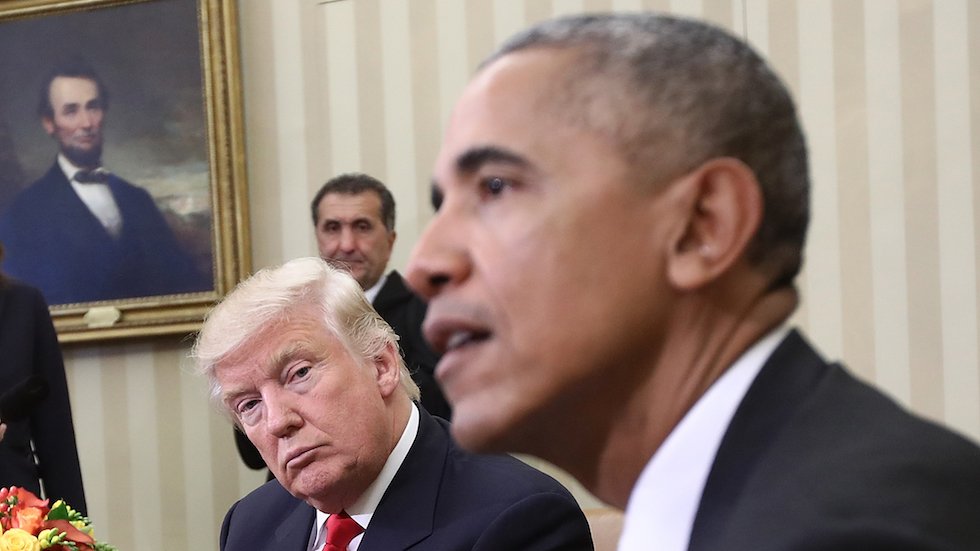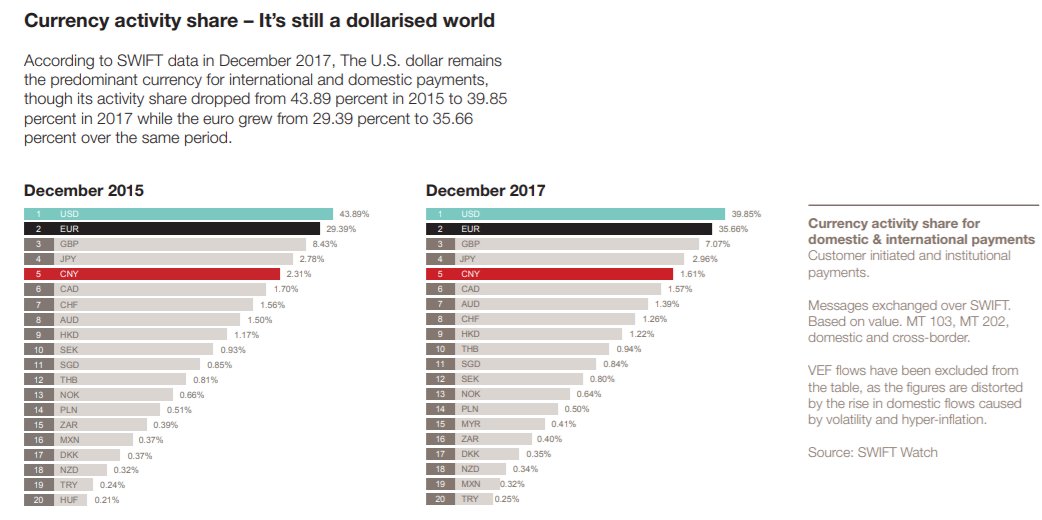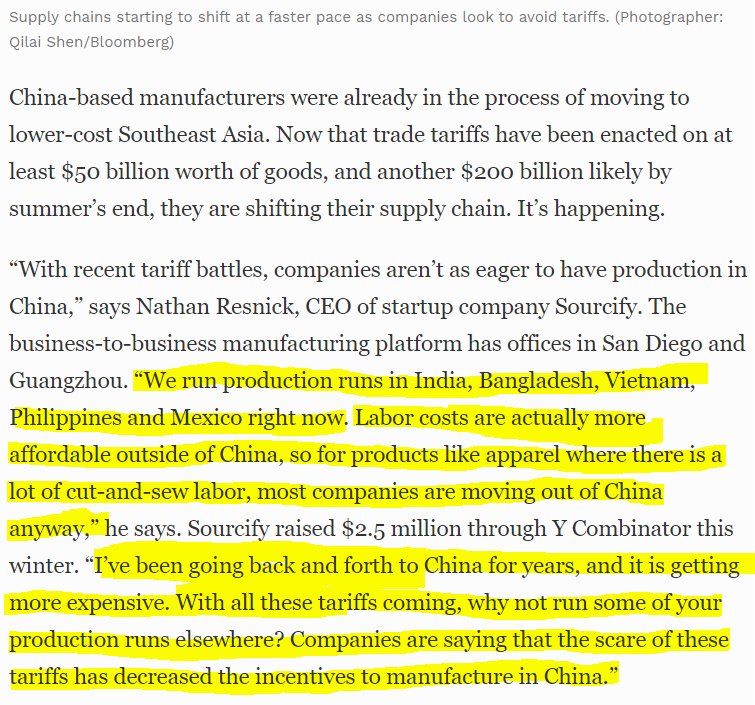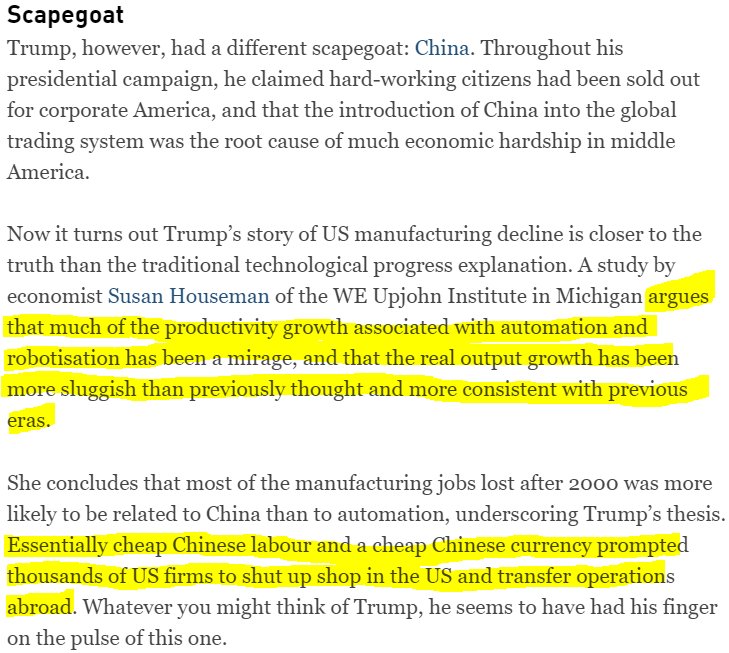Tariffs are meant to raise the price of imports or punish foreign countries for unfair trade practices, like subsidizing their exporters and dumping their goods at unfairly low prices. They discourage imports by making them costlier.
A tariff is a tax on imported goods. Despite what Trump says, it is almost always paid directly by the importer (usually a domestic firm), and never by the exporting country.
The benefits of tariffs are uneven. Because a tariff is a tax, the gov't will see increased revenue as imports enter the domestic market. Domestic industries also benefit from a reduction in competition, since import prices are artificially inflated
The US imposes tariffs (customs duties) on imports of goods. The duty is levied at the time of import & paid by the importer of record. Customs duties vary by country of origin & product...Certain types of goods areexempt from duty regardless of source.
A tariff is a border tax on the buyer, not the seller—tariffs make it more expensive for a buyer to import a good into the country. The specific mechanism is that the US importer must pay the tariff to US Customs before goods are released to the importer.
Tariffs raise prices and reduce economic growth. Tariffs could reduce U.S. output through a few channels. ... Similarly, higher consumer prices due to tariffs would reduce the after-tax value of both labor and capital income.
Actually, tariffs never protect jobs for the nation as a whole. But tariffs do always increase prices for consumers throughout the country. Today, you and I are paying higher prices because the US manufacturers are protected by tariffs.
With a tariff in place, imported goods cost more. This decreases pressure on domestic producers to lower their prices. In both ways, consumers lose because prices are higher. Thus, consumers lose but domestic producers gain when a tariffis imposed.
Trade barriers such as tariffs raise prices and reduce available quantities of goods and services for U.S. businesses and consumers, which results in lower income, reduced employment, and lower economic output.















